These binoculars are marketed as the Leica Geovid 10 x 42 HD-B EDITION 2200 model. Leica’s “Geovid” range of binoculars all feature integrated laser rangefinding. The “10×42” indicates that they are 10 power magnification, with a 42mm objective lens. The “B” in “HD-B” means that they have on board ballistics software. (I assume that the HD means high definition, but I’m not sure.) The “Edition 2200” indicates that they are designed to range out to 2200 yards.
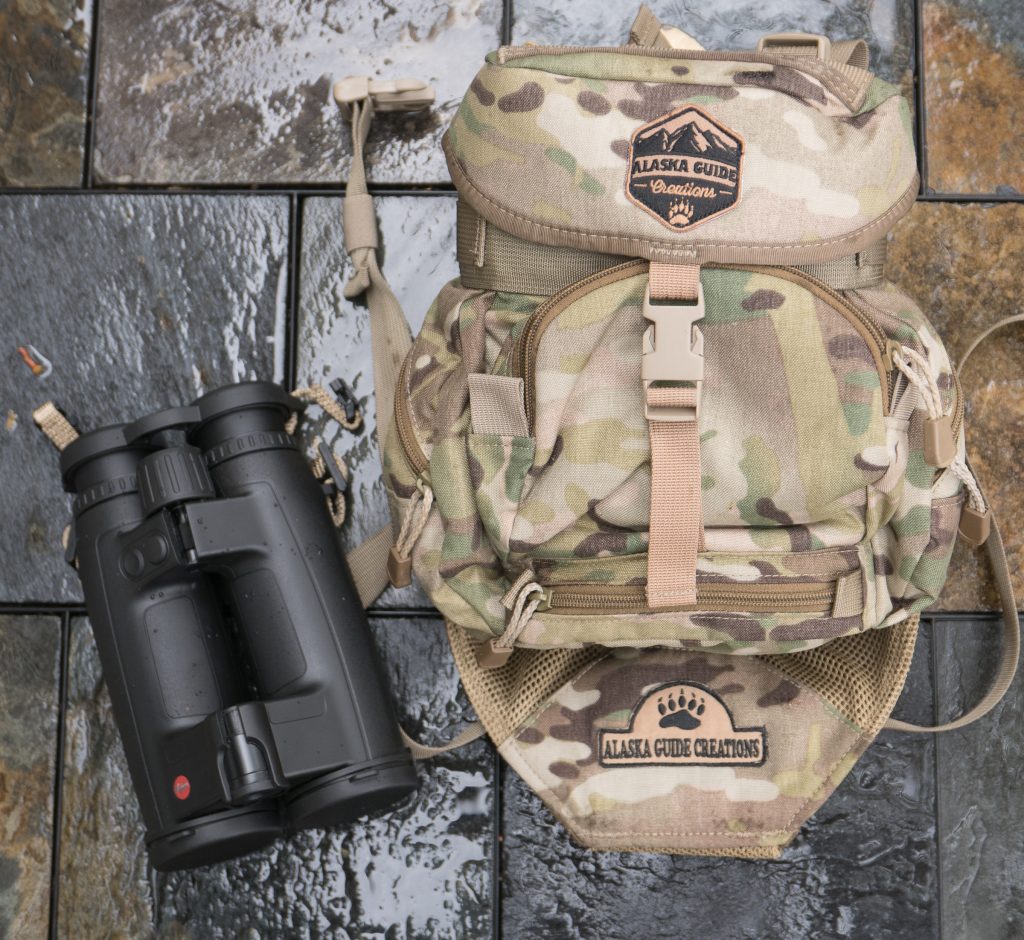
The Leica Geiovid HD-B binoculars feature an integrated laser rangefinder, temperature and pressure sensors, and an inclinometer to measure angle slope. These features, combined with on-board ballistics software, allow a shooter to acquire a target, range the target, and calculate a ballistics firing solution so that you can accurately adjust your rifle’s optics for the target’s range.
That’s a lot of tasks for a single piece of equipment. This review will evaluate how well these binoculars perform these various tasks.
Optical Quality
The Geovid HD-B binoculars have outstanding optical quality. Before I purchased the Geovids, I was using Swarovski’s top of the line 10×50 EL binoculars. After I got the Geovids, I kept the Swarovskis and used the two binos side by side under all sorts of conditions. The optical quality of these two binoculars was so close as to be indistinguishable to my eyes. In particular, I had expected the Swarovskis, with their larger, 50mm objective lens, to have superior performance in low light conditions. However, when I looked through both binoculars side by side at dawn and dusk, there was not any discernible difference between the two. I had originally planned on keeping the Swaros, but after several months of owning both the Swarovskis and the Leicas, I ended up selling the Swarovskis because I simply could not find any situation in which they outperformed the Leicas, and the Leicas have the advantage of the rangefinder and the ballistics calculator.
I’ve seen online debates about color rendition and chromatic aberration and other comparisons of Swaro and Leica glass, but the real world bottom line is that you will not be disappointed in the optical performance of these binoculars, even if you are accustomed to very high performance optics. (I certainly wasn’t)
Build Quality, Design, and Ergonomics
The Geovids weigh 37.5 ounces. This is pretty much identical to the Swarovski EL 10x50s, which is not bad considering the Geovids have a built in rangefinder. The Geovids came with a case and strap, but I don’t use the Leica accessories, but rather use an Alaska Guide Creations binocular pack and harness, which protects the binoculars and has pockets for various odds and ends like lens cleaners, spare battery, hunting tags and licenses, and other miscellaneous things.
The binoculars are waterproof (I haven’t tested this, but I’m willing to take Leica’s word on this.) Ergonomics are good, and the open bridge design makes them easy to grasp and hold. The two buttons (one for the rangefinder and the other for the other functions) are close together, which can make it easy to mistakenly press the wrong button when wearing thick gloves, but the buttons have different feels to them (concave vs. convex surfaces) so if you’re using the binoculars with bare hands or sensitive gloves, you can tell which button you are pushing.
Adjustments of the eye cups and the focus and diopter adjustments are simple and easy.
My only complaint regarding build quality is that the lens covers for the objective lenses don’t stay on that well. They are always just falling off the lenses, even when I don’t want them to. (They are attached securely, however, so even when they fall off of the lens, they remain attached to the binocular body and don’t get lost.) I never really had this issue with the Swarovski lens covers.
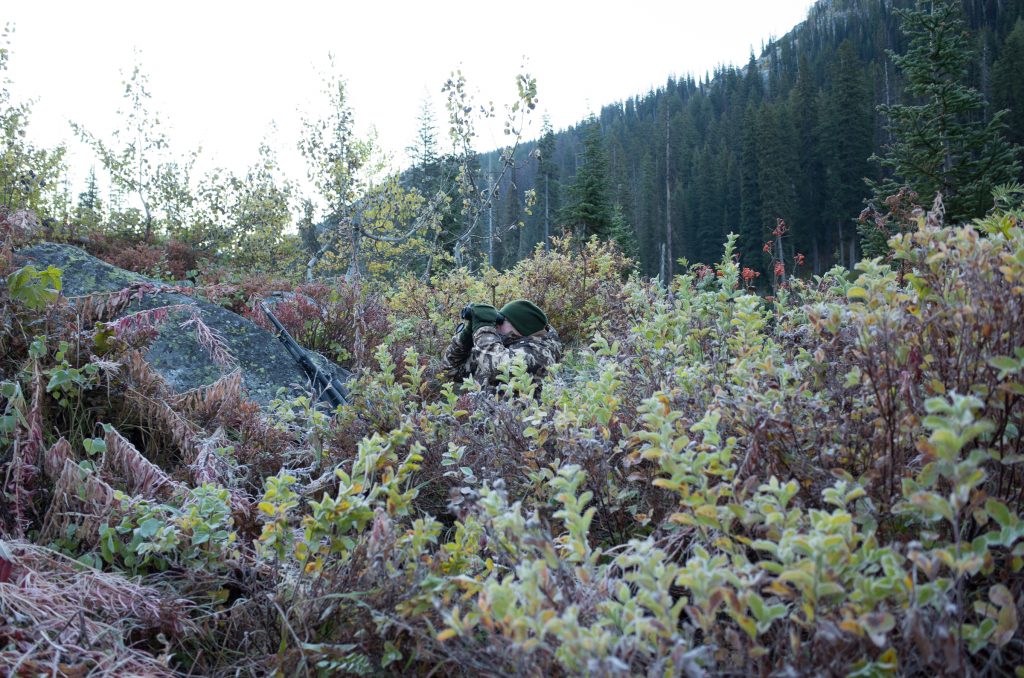
Rangefinding Performance
These binoculars are claimed to have an effective range of 2200 yards. In real world use, I have never been able to range anything out that far. Performance is best in cloudy conditions without direct sunlight. Dawn and twilight generally result in optimum ranging. Reflective objects are supposed to be easier to range, but I’ve found that sometimes they can be harder than softer objects like trees. I think that may be because if the reflective object is oriented the wrong way, it deflects the light away from you, so you don’t get a good return signal. Generally, this is an issue with flat rock surfaces. Round boulders are good targets.
Hand held, I can range deer pretty reliably out to about 700 yards. For accuracy beyond about 700 yards, it really helps to use a tripod or rest the Geovids on a pack or a stump or some other means for keeping them absolutely steady. With a tripod or other rest, I generally can range targets out to 1100 yards or so pretty reliably. Maximum range in ideal real world situations for me seems to be about 1700 yards. Anything beyond that seems to be extremely conditions-dependent and unusual.
If there is snow on the ground combined with bright sunlight, the Geovids struggle to accurately range deer sized targets beyond 400 yards. (Again, using a tripod helps, but not as much.) Cold, winter conditions have been a challenge, as a result of the reflective snow and also (I believe) the cold’s drain on the unit’s battery. I’ve been in winter situations where I’ve been unable to range targets at 250 yards. Heavy falling snow pretty much shuts the rangefinder down, making it useless for ranging anything.
Rain doesn’t seem to affect ranging capabilities much. When it’s raining, it’s generally overcast, so the lack of direct sunlight seems to offset whatever interference the rain may have.
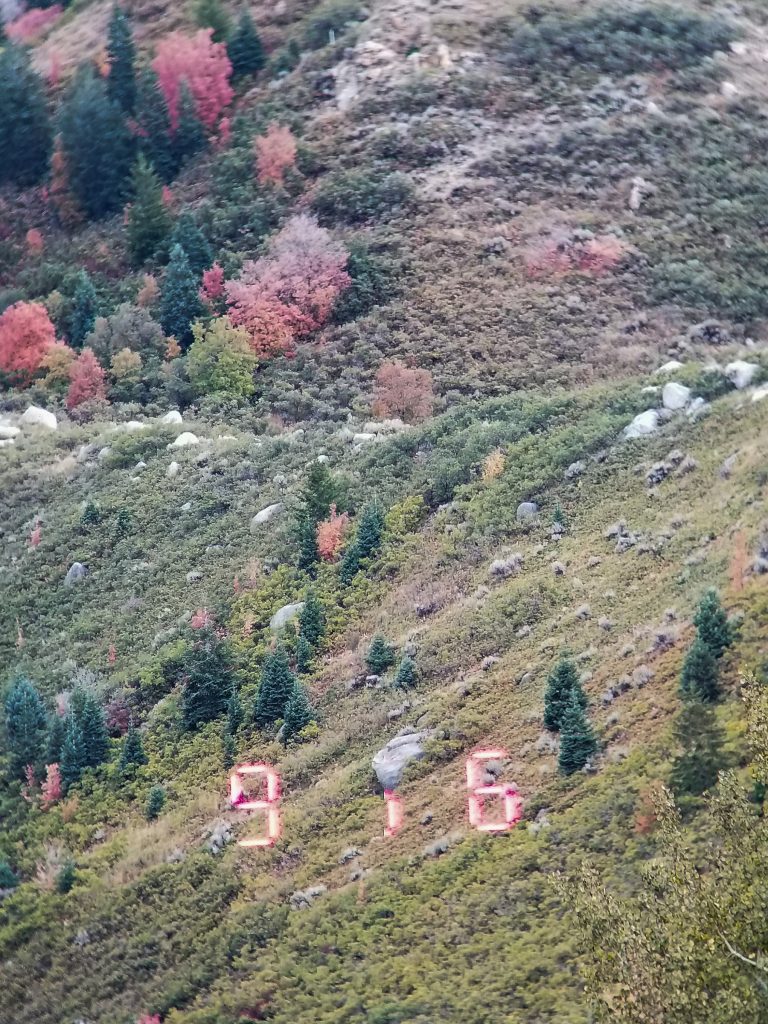
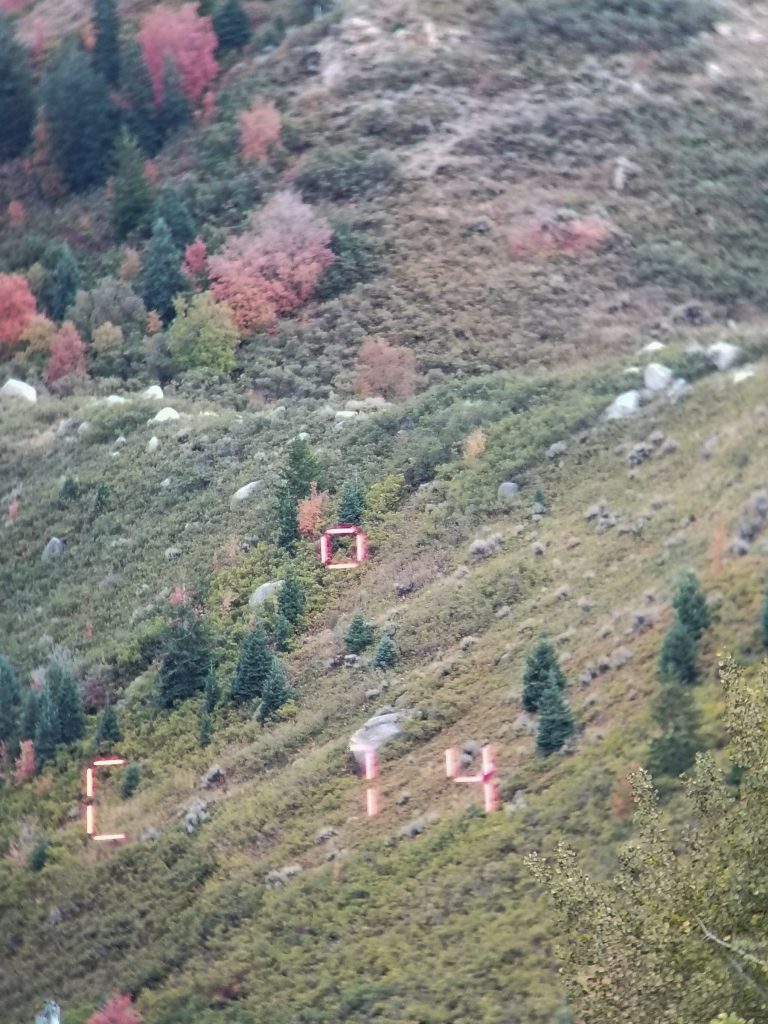
When compared with the two other rangefinders I’ve owned and used, the Geovids are significantly better performers than the Swarovksi Laser Guide, and significantly worse than my Vectronix PLRF15. The Geovids are probably twice as effective as the Swarovski Laser Guide, easily ranging targets that are outside of the Swaro’s effective range. The military spec Vectronix can range several times further than the Geovid, and can range smaller targets in worse conditions. However, it has inferior optics (only a 6x monocular) and doesn’t have any of the other ballistics or weather features of the Geovid.
Cold Weather Performance
This is the biggest problem I have found with the Geovids. The rangefinding function stops working when the temperature drops much below freezing. A fresh battery doesn’t seem to help either. Ranging performance pretty much drops to zero when it’s cold. I don’t know why this is the case, but it’s been pretty much consistently useless in cold conditions. Because of this, I can’t really recommend the Geovids for hunting in cold conditions.
Ballistics Software
The Geovids have onboard ballistics software that provides a vertical ballistics firing solution out to 1000 yards, incorporating pressure, temperature, and angle. Past 1000 yards, the Geovids will provide a range, but no ballistics firing solution.
The software part of the package is where Leica has room for the most improvement. The web based software for the Geovids is really bad. There’s no convenient way to save and tweak your ballistic data and rifle profiles. Every time you go to the web site, you are basically starting over with your ballistics inputs and profiles. Other modern ballistics software has easy and convenient ways of storing and modifying multiple ballistics profiles. Leica really needs to raise their game when it comes to their software user interface.
You can use a microSD card to store a custom ballistics profile in the Geovids. However, the microSD card can only hold a single profile, so if you want to use the Geovids with different rifles or different loads, you have to change out the microSD card, which is a serious pain in the butt. The card is seated in a tiny slot in the battery compartment that is very hard to access with fingers. I bought a small tweezers to make removing and inserting microSD cards easier.
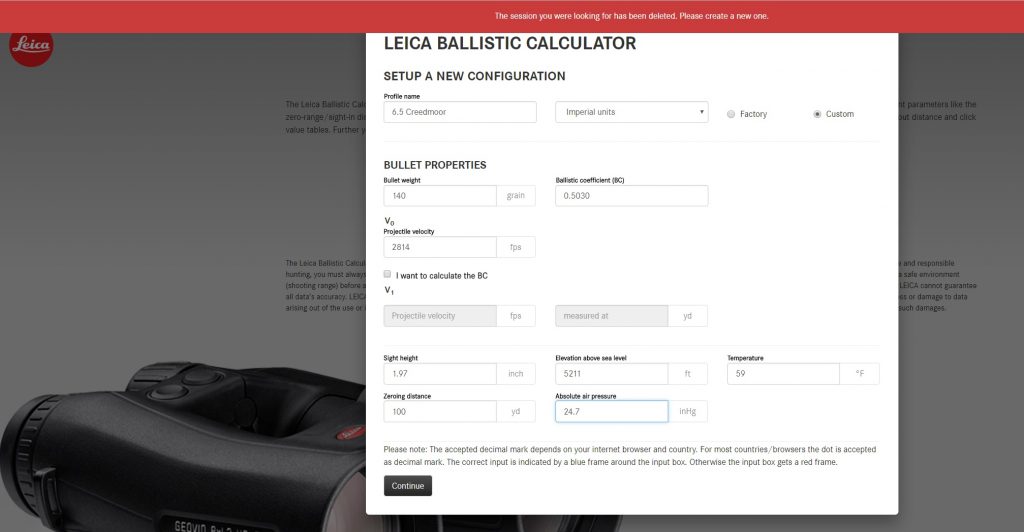
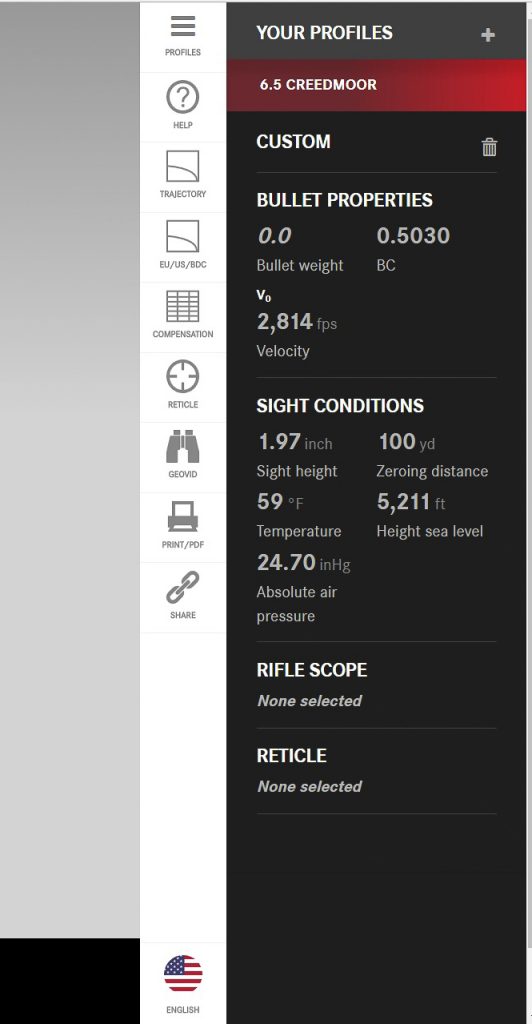
In order to true up my Geovid software to match my real world ballistics, I pull up my real-world adjusted drop chart that I have created using my Android’s Strelok Pro ballistics app, then I tweak the ballistics coefficient and/or velocity in the Geovid ballistics software profile until the Geovid drop chart matches my Strelok chart. I’ts clunky, and takes more effort than it should, but ultimately, it provides ballistics data that matches my real world DOPE very closely.
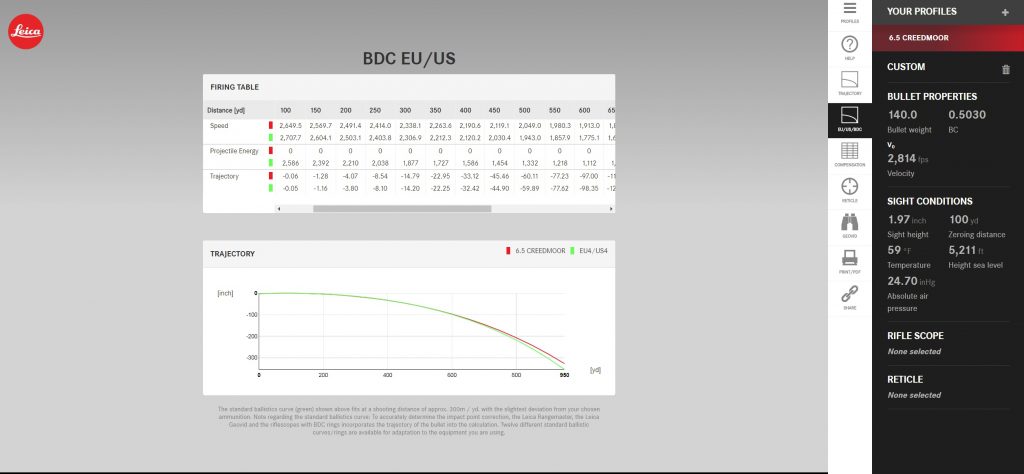
I use rifle scopes with Mil reticles, and the Geovid can be set up to give me a firing solution in 1/10 Mil clicks, which is fast and simple. I see the number of clicks, divide by 10, and that’s how many Mils I need to adjust for. For those who work in MOA, the Geovid supports MOA too, as well as calculating drop in inches.
The software accounts for vertical drop only, and there is no provision at all for horizontal windage. That’s OK with me, however, because I’ve pretty much got my 10mph wind values memorized out to 1000 yards, and they don’t change much due to atmospheric conditions.
My complaints about the clunkiness of the interface aside, the ballistics software is pretty good. With some work and tweaking, it provides accurate firing solutions out to 1000 yards. It’s not great, but ultimately, it gets the job done. If Leica were to license the software and interface from Strelok, or Applied Ballistics, or one of the other state of the art software packages, that would be great.
Overall Conclusions
For long range target shooting, I don’t use the Geovids. They don’t provide ballistics solutions past 1000 yards, and their rangefinding capabilities pale in comparison with my Vectronix PLRF15. For long range target shooting, I use my spotting scope to examine the target, my Vectronix PLRF15 to calculate range, my Kestrel to provide wind, pressure and temperature data, and my Samsung phone with the Strelok Pro app to calculate a firing solution. This is extremely accurate and reliable, but it takes forever. When you’re shooting at a steel plate or a milk jug, it really doesn’t matter how long you take to generate a firing solution. However, when hunting animals, time can be a real constraint. The elk will likely just walk away by the time you’ve figured out your turret adjustments.
The Geovids provide a very rapid tool for generating a firing solution on a game animal target. The added advantage that the Geovids combine several functions into a single tool make them even more attractive.
Conclusion
If it were not for the miserable rangefinding performance in cold weather, I would be happy with the Geovids. However, given that I hunt mostly in the mountains, where cold conditions are common, the Geovid doesn’t cut it as a hunting tool for my purposes.
For a some very good and in-depth reviews of the Geovids on another blog, you can go HERE for a video review, and HERE and HERE for reviews of the Geovid and a detailed explanation of its ballistics functions. My conclusions are similar to his, although he seems to have better results than I do ranging things over 1500 yards.
